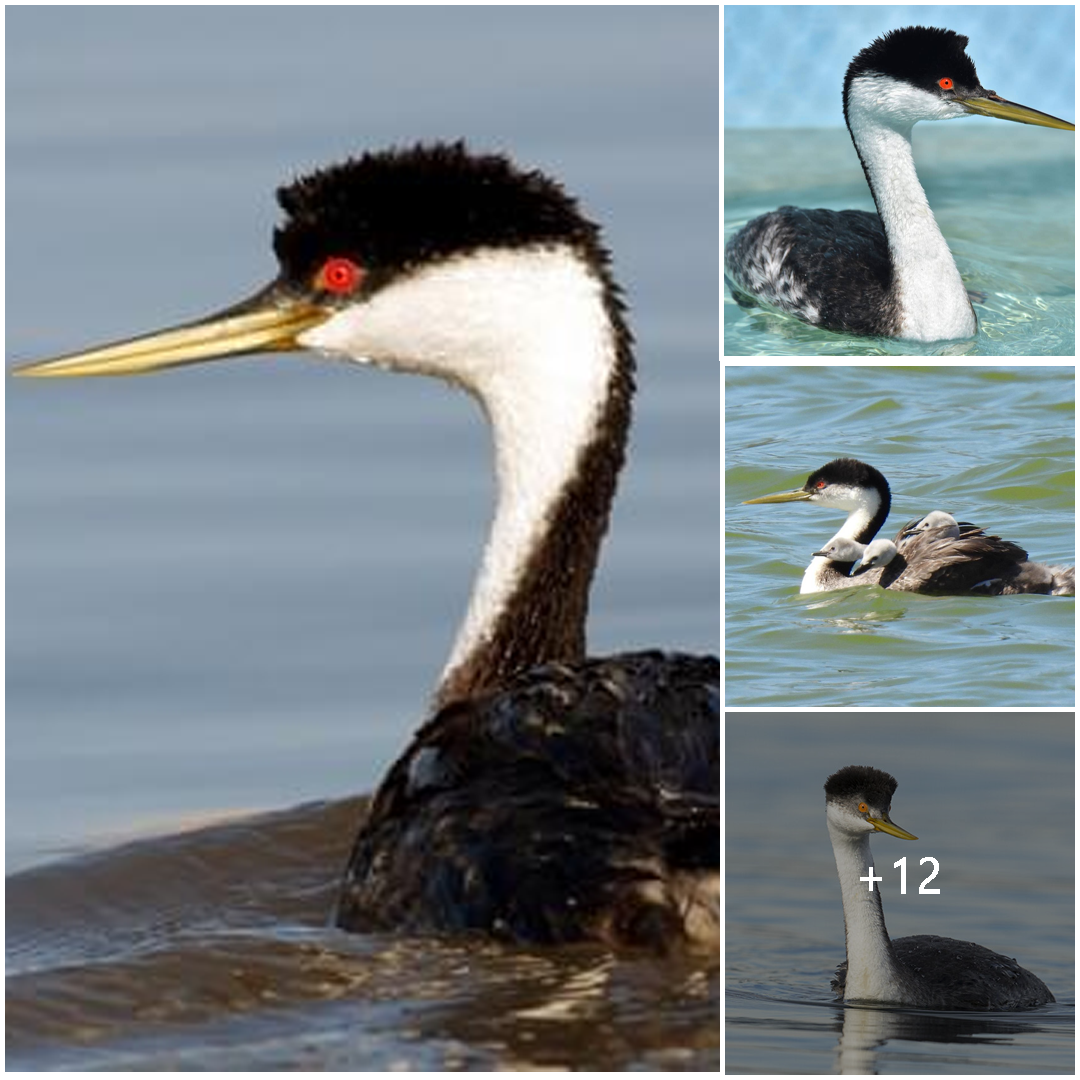
The Graceful Grebe: A Master of Aquatic Elegance
Grebes, belonging to the family Podicipedidae, are a fascinating group of aquatic birds known for their graceful swimming abilities and distinctive appearance. With their sleek bodies, lobed toes, and remarkable diving skills, these birds are perfectly adapted to life on the water.
Appearance and Physical Characteristics: Grebes come in a variety of species, but they generally share similar physical characteristics. They have elongated bodies with slender necks, small heads, and pointed bills. One of their most notable features is their lobed toes, which are adapted for swimming and diving. These lobes provide propulsion in the water, allowing grebes to navigate effortlessly beneath the surface. Grebes also have dense, waterproof plumage that helps them stay buoyant and dry while swimming.
Habitat and Distribution: Grebes are primarily found in freshwater habitats such as lakes, ponds, marshes, and slow-moving rivers. They are distributed across the globe, with species inhabiting regions of North and South America, Europe, Africa, Asia, and Australia. Some species, such as the Western Grebe and Clark’s Grebe, are known for their elaborate courtship displays performed on large bodies of water during the breeding season.
Feeding Behavior: As adept divers, grebes primarily feed on aquatic prey such as fish, crustaceans, insects, and amphibians. They hunt by diving underwater and propelling themselves with their powerful legs and feet, using their sharp bills to capture and consume their prey. Grebes are known for their ability to adjust their buoyancy, allowing them to dive to considerable depths in search of food.
Breeding and Reproduction: During the breeding season, grebes engage in intricate courtship rituals that often involve elaborate displays of synchronized swimming and vocalizations. Mates perform duets, mirroring each other’s movements as they glide across the water’s surface. Once paired, grebes build floating nests constructed from vegetation anchored to submerged plants. The female typically lays a clutch of eggs, which both parents take turns incubating. After hatching, the chicks are carried on their parents’ backs and eventually taught to swim and forage for food.
Conservation Status: While many grebe species are widespread and abundant, some are considered threatened or endangered due to habitat loss, pollution, and human disturbance. Wetland degradation and habitat destruction pose significant threats to their survival, particularly in regions where natural habitats are being altered or destroyed. Conservation efforts aimed at preserving and restoring wetland habitats are crucial for safeguarding the future of these remarkable birds.
In conclusion, grebes are captivating birds known for their aquatic prowess and elegant demeanor. From their sleek diving abilities to their intricate courtship displays, grebes exemplify the beauty and resilience of avian life in freshwater ecosystems. Protecting their habitats and raising awareness about the importance of wetland conservation are essential steps in ensuring the continued survival of these enchanting waterbirds.





